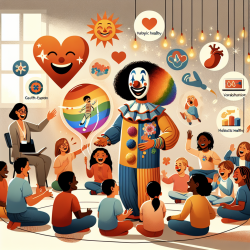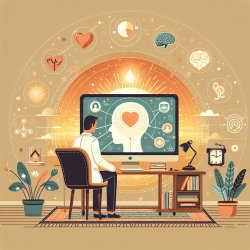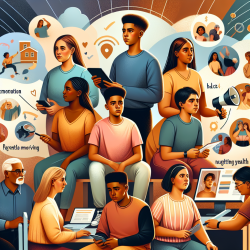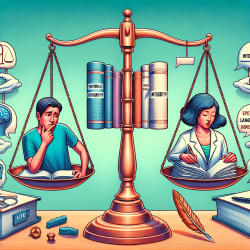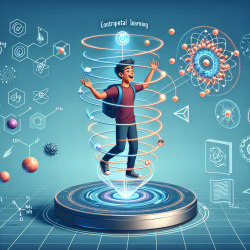As a Special Education Director, I am constantly exploring innovative methods to enhance the well-being and educational experience of our students. Recently, I came across a fascinating study titled "Effect of interaction with clowns on vital signs and non-verbal communication of hospitalized children," which presents a unique approach to pediatric therapy that can be effectively integrated into our practices.
This study, conducted by Pauline Lima Alcântara and colleagues, explores how interactions with clowns can significantly impact the vital signs and non-verbal communication of hospitalized children. The intervention involved medical students dressed as clowns performing magic tricks, juggling, singing, making soap bubbles, and comedic performances for a duration of 20 minutes. The results were nothing short of inspiring.
The key findings of the study revealed that such playful interactions led to a statistically significant increase in systolic and diastolic blood pressure, while pain levels decreased. Additionally, non-verbal communication indicators such as posture, eye contact, facial expressions, and energy levels showed marked improvement, with children becoming more relaxed, attentive, and engaged.
Practical Applications for Practitioners
Integrating the outcomes of this research into our therapeutic practices can offer numerous benefits. Here are some practical steps for practitioners to consider:
- Incorporate Playful Interactions: Schedule regular sessions where children can engage in playful activities, whether through direct interaction with clowns or virtual sessions facilitated by online therapy services like TinyEYE.
- Observe Non-Verbal Cues: Pay close attention to non-verbal communication such as facial expressions, posture, and eye contact. Use these cues to gauge the emotional state and comfort level of the child.
- Create a Supportive Environment: Ensure that the environment is conducive to playful interactions. This includes having appropriate props and tools for activities and creating a space where children feel safe and relaxed.
- Train Staff: Provide training for therapists and educators on the importance of non-verbal communication and the benefits of laughter therapy. Encourage them to incorporate these techniques into their daily interactions with children.
Encouraging Further Research
While the results of this study are promising, there is always room for further research to expand our understanding and refine our practices. I encourage practitioners to explore additional studies and consider conducting their own research to assess the impact of playful interactions in different settings and with diverse populations.
To read the original research paper, please follow this link: Effect of interaction with clowns on vital signs and non-verbal communication of hospitalized children.
By embracing the power of laughter and playful interactions, we can create a more positive and therapeutic environment for our students, ultimately enhancing their overall well-being and educational experience.
